ICT in Agriculture the Changing Global Order and Scale
The journey of communication even from the prehistoric phases has so far been full of revolutions, plataeuing and resurrections. The non human communication has also been Sanskritzed with human lives through taming and domestication of wild and undescript animals. This is a beginning and pro-human communication goes on evolving in both text and approach. It is now a blend of traditional and electronic communication that has entered the rural social system in swashbuckling manner.
The process of communication evolves and mutates over time and space to be redesigned as Development Support Communication DSC, Development Support System DSS or value added Communication VAC. The applications and benefits of Information Communication Technology ICT is to design and derive for 329.7 million ha of land surface, 143 million ha of agricultural land, and where in 65 million hectors of land goes rain fed by nature. In India, there are more than 6,00,000 villages 600+ districts and 1.24 billion of population of which 550 millions have to reel under abject poverty. While Indian agriculture has already superseded two phases of her evolution, inductive and stimulative, it is the right time to pass through the third new phase, i.e. simulative agriculture. In this phase, the application of knowledge, information and wisdom will supersede the need for application of fertilizer, chemicals or provision of credits as have been done in both inductive and stimulative agriculture between 1950 to 2000.
Information Technology rightly and amply has encompassed and assimilated the entire key elements of all these Technology ICT. Incoming time for the farmers, marginal, small or big, would be the age of the Information Communication Technology (ICT). Incoming time for the farmers, marginal, small, or big, would be the age of the Information Communication Technology for shaping and profiling all critical derivatives of farm life processes like decent livelihood and security and quality assurance. The increasing rate of urbanization in Indian scenario has characterized the Indian agriculture to go electronically receptive and sensitive and no way left in between for its much desired development and inclusive growth.
Get it now and save 10%
BECOME A MEMBER
-

Value Addition & Quality Issues in Agriculture & Allied Areas: Techniques and Challenges
-
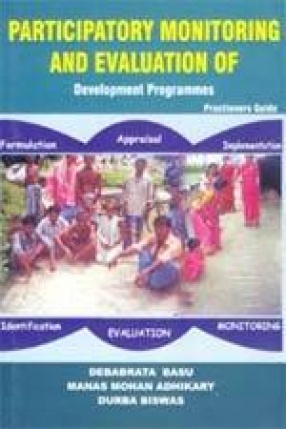
Participatory Monitoring and Evaluation of Development Programmes: Practioners' Guide
-
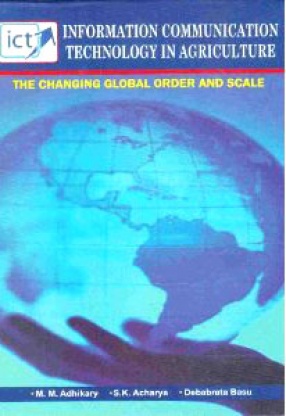
ICT: Information Communication Technology in Agriculture: The Changing Global Order and Scale
-
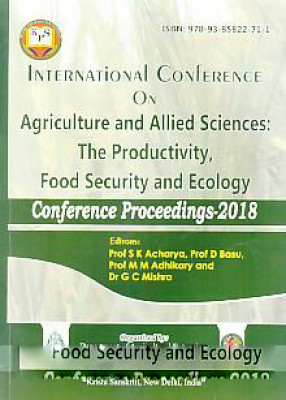
International Conference on Agriculture and Allied Sciences: The Productivity, Food Security and Ecology

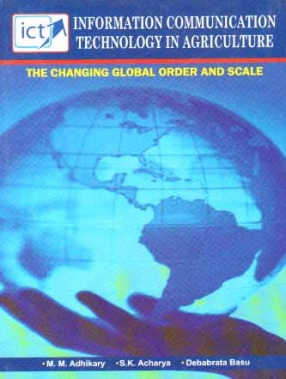
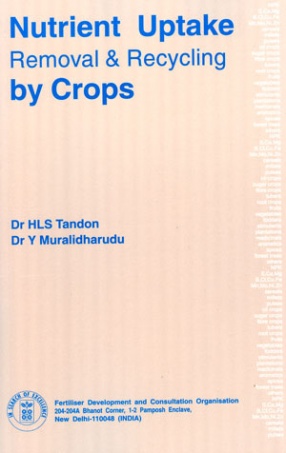
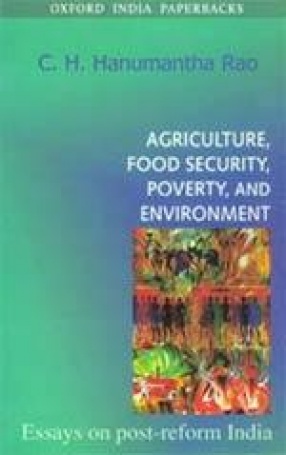

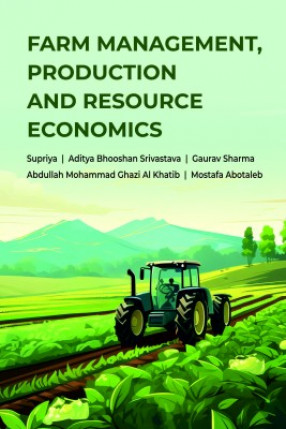

Bibliographic information
S.K. Acharya
D. Basu